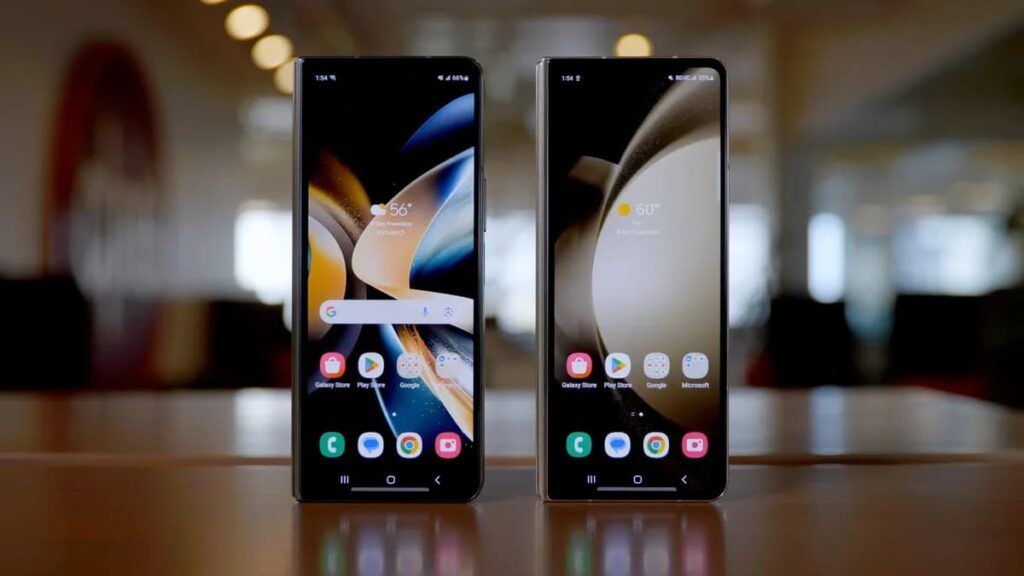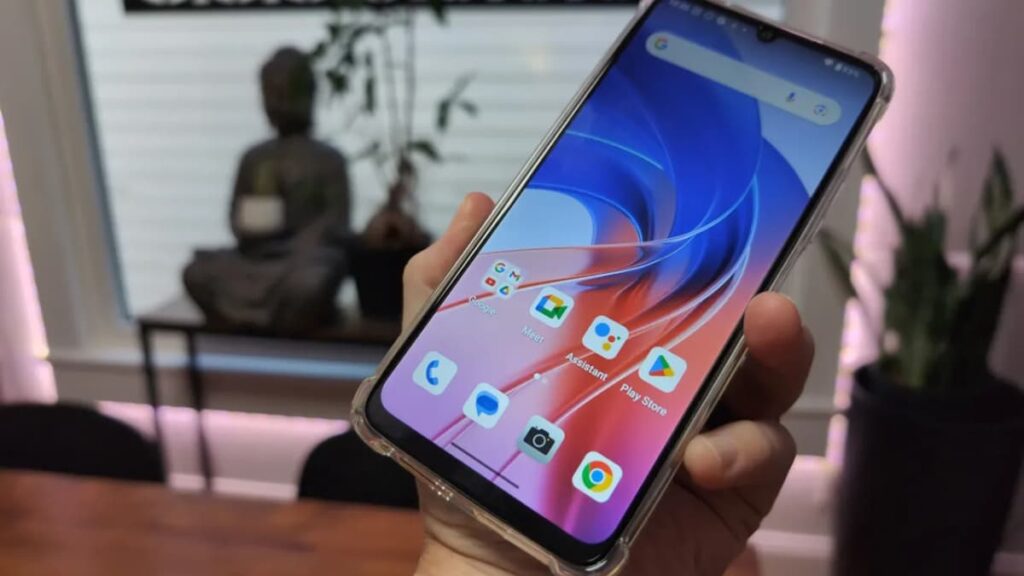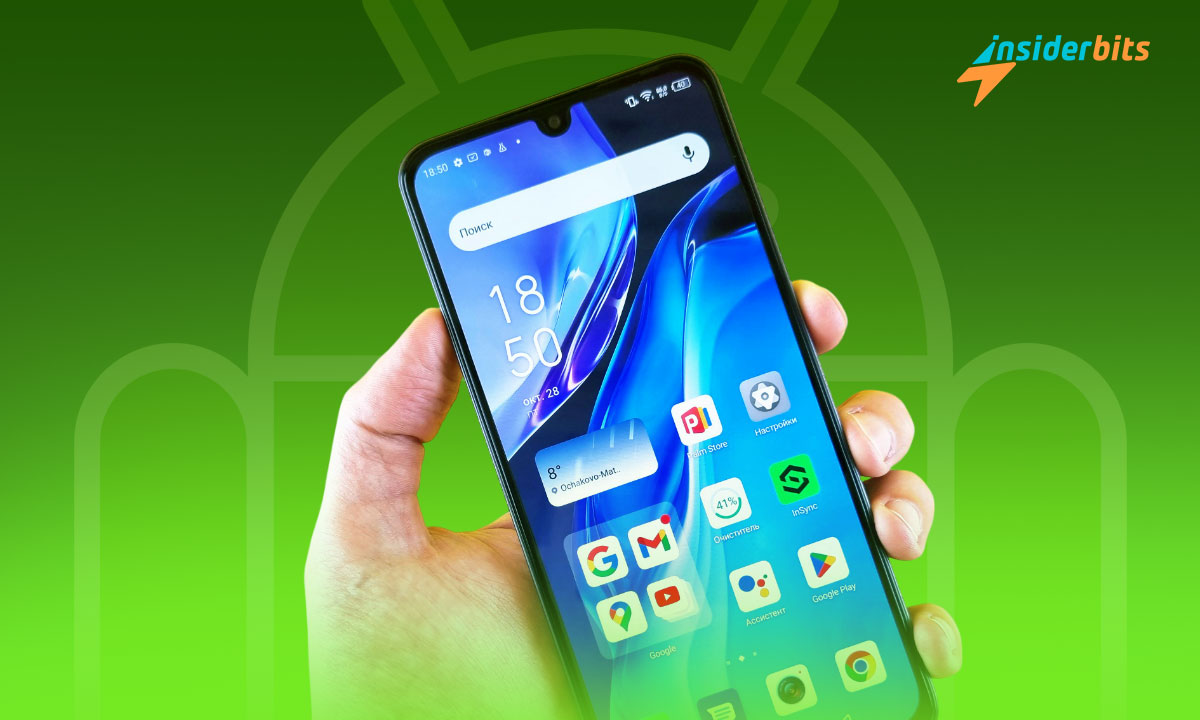Managing Android app auto-start settings can feel tricky, but it’s key to keeping your device running smoothly. Apps starting automatically might drain the battery or slow performance.
In this complete guide, you’ll discover how to enable or disable auto-start for apps, optimize your phone’s performance, and take control of background processes without any fuss.
Created by the minds at Insiderbits, this tutorial offers actionable advice to simplify the process. Stay with us to uncover tips that make managing your Android apps a lot easier!
Related: Is It Safe To Use Quick Device Connect On Android?
What Does it Mean When an App Can Auto-Start?

Some mobile apps have the ability to start automatically in the background when triggered by specific events. This ensures they can perform essential tasks without user intervention.
Auto-start on an Android app means it can handle background updates, send notifications, or sync data. This handy background feature enables smooth app functionality.
Auto-starting apps are useful for messaging services, alarms, and fitness trackers. These apps require constant activity to provide timely updates and ensure they remain effective and reliable.
However, enabling auto-start indiscriminately may affect battery life and performance. It’s essential to manage which apps use this feature to balance efficiency and consumption.
How Auto-Start Affects Background Processes
Auto-start lets apps run background processes when triggered, ensuring they sync data, send notifications, or update content seamlessly without requiring manual input from the user.
However, the Android app auto-start function may burden system resources if unmanaged. Too many auto-starting apps can lead to slower performance and reduced battery efficiency.
Background processes, while helpful, consume memory and power. If left unchecked, they may overload your device, causing lagging or overheating, particularly on older smartphones.
Managing auto-start permissions allows you to prioritize essential apps. This keeps your device running smoothly while reducing resource usage and maintaining better overall system health.
How Do I Make Apps Start Automatically on Android?

Taking charge of your Android app auto-start settings ensures these applications work as intended when needed. It’s especially useful for essential background services.
This feature lets apps launch automatically after the device reboots or even when they’re closed. By tweaking settings, you can enable auto-start for apps vital to your daily routine.
- App Info Settings: Long-press the app icon, select “ Info”, navigate to “Battery” and choose between “Unrestricted”, “Optimized”, or “Restricted”.
- Adjust System Settings: Open “Settings”, choose “Apps”, find the app you want to auto-start and toggle on the auto-launch option for seamless app operation.
- Utilize Device-Specific Tools: Some Android devices have dedicated auto-start managers. Access this via system settings, select apps, and enable auto-launch.
- Grant Necessary Permissions: Ensure the app has the required permissions under “App Permissions” in Settings. Grant permissions for activities needing auto-start.
Enabling auto-start for Android apps ensures they’re ready when needed without constant manual launching. This optimization helps maintain app reliability and enhances your device.
Adjusting Auto-Start Via Battery Optimization
Battery optimization often limits Android app auto-start features to save power. Adjusting these settings allows crucial apps to operate freely without interruptions or performance issues.
By tailoring battery optimization settings, you can ensure essential apps run in the background while keeping unnecessary apps from draining resources.
- Access Battery Settings: Open “Settings” on your device, tap “Battery”, and navigate to “Battery Optimization” or “App Power Management” to view the list of optimized apps.
- Find the Target App: Scroll through the app list or search directly for the app you want to adjust. Ensure you select only those needing auto-start functionality.
- Set to “Not Optimized”: Select the app, then choose the “Don’t Optimize” or “Not Optimized” option. This ensures the app bypasses restrictive battery-saving protocols.
- Monitor Background Activities: Check the app’s battery usage details under “Battery Usage” to confirm its background tasks align with your auto-start preferences.
- Verify Auto-Start Settings: After adjustments, revisit the app’s auto-start settings under “App Info” to ensure both battery optimization and auto-start permissions work in sync.
Fine-tuning battery optimization for specific apps supports their functionality while maintaining device efficiency. It’s a quick adjustment that improves the reliability of essential apps.
By proactively managing these settings, you create a better balance between power savings and functionality. Your Android apps will perform optimally while minimizing power consumption.
Related: Android Theft Protection: Upgrade Incoming!
How to Stop Apps From Starting Automatically on Android?

Unwanted Android app auto-start activity can drain battery life and slow down your device. Taking control of these settings ensures better performance and reduces resource usage.
Restricting auto-start features helps optimize your smartphone’s efficiency. When you manage these settings, you decide which apps run in the background and which don’t.
- Disable Auto-Start Permissions: Go to “Settings”, open “Apps” or “Application Manager”, select the app, and disable the toggle for auto-start permissions.
- Force Stop the App: Navigate to the app’s “Info”, tap “Force Stop”, and confirm. This halts its background activity until manually reopened by the user.
- Restrict Background Data: Under “Data Usage” settings, locate the app and enable “Restrict Background Data”. This prevents it from accessing data without intervention.
- Adjust Battery Optimization: Go to “Settings”, then “Battery”, and ensure the app is set to “Optimized”. This restricts its ability to start automatically and use resources.
- Use Third-Party Tools: Download reputable app management tools from the Play Store. These apps provide advanced features for managing auto-start activities.
By following these steps, you get full control over how your device operates, maintaining a balance between functionality and performance. Say goodbye to unwanted app interruptions!
Preventing Specific Apps From Draining Resources
Unrestricted Android app auto-start features and background activities can exhaust your device. Managing these settings ensures apps don’t unnecessarily consume vital resources.
By controlling how specific apps operate, you can extend your device’s battery life and maintain smooth performance. A few adjustments make a big difference in resource efficiency.
- Background Activities: Open “Settings”, go to “Apps” or “App Management”, select the app, and turn off the “Background Activity” or “Allow Background Usage” setting.
- Limit Notifications: Under “Info”, adjust notification permissions to reduce background operations linked to alerts. This prevents apps from using resources.
- Restrict Data Usage: Navigate to “Settings”, select “Data Usage”, and restrict background data for specific apps. This blocks unnecessary internet activity.
- Optimize Power Settings: Access “Battery” settings, choose “App Battery Usage”, and set the app to “Optimized” or “Restricted” mode to control how it uses system resources.
- Uninstall Unnecessary Apps: Remove rarely used apps that still run background processes. Uninstalling these ensures they no longer affect your device’s memory.
Related: How to check data usage on Android
Take Control of Auto-Start and Boost Performance
By placing these auto-start settings, you’ll ensure your device’s better performance, longer battery life, and improved control over its functionality, making it run smoothly.
Managing Android app auto-start is key to efficient device usage. It lets you prioritize essential apps while reducing unnecessary background activities, keeping your phone fast.
This guide by Insiderbits provided simple steps to improve auto-start management. With these tips, your device can perform better while staying efficient and resource-conscious every day.
For more ways to boost your smartphone’s performance, keep checking Insiderbits. From practical tutorials to optimization tricks, we’ve got helpful resources to make your Android better.





